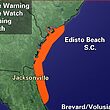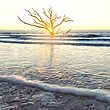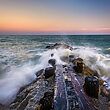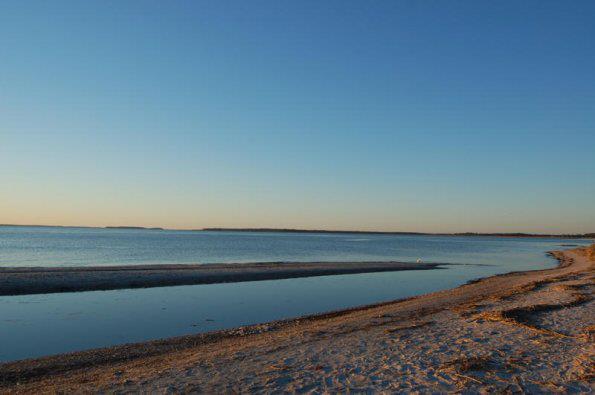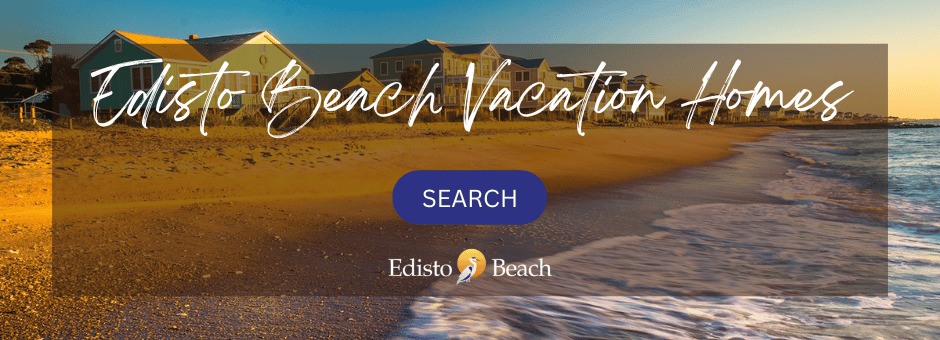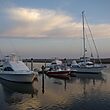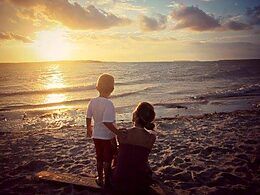For what seems like such a small place tucked away from the rest of the world, Edisto Beach has quite a storied past.
A complete timeline of the island’s history could (and does) fill novels, but take a look at this list of some of the biggest moments to ever occur on the island.
Edisto’s Earliest Years
Historians have determined that people living as far back at 2000 B.C. lived on Edisto Island. These people lived off the land and water and proof of that life can be found in the shell middens on the island. The most famous of the shell middens is located in the Edisto Beach State Park, which is actually located on the island.
You can access this shell midden by walking along the trails at the state park. Keep in mind that this state park is not the location that lines the beach, rather it’s the island location located at 8377 State Cabin Road.
By the mid-1500s, the Edistow Indians lived on the land. Like their ancestors, they, too lived off of the land and water. They harvested seafood, grew crops, and hunted wildlife. It was also during this time that Europeans arrived with hopes of changing the Edisto way of life.
These Europeans included the Spanish Jesuits who hoped to bring the Native Americans to Christ. However, the Native Americans did not take kindly to the change, and many of them retreated from the area. Within a year, the Spanish Jesuits left the area and gave up on their desires to change Edisto’s earliest residents.
However, that wasn’t the last time the island experienced an influx of Europeans.
Centuries of Change on the Island
In the late 1600s, English Lord Proprietors who already ruled much of South Carolina actually purchased land from the Native Americans. This land was then used for planting rice, which would later turn out to be one of the most successful crops on the island and result in incredible wealth for a handful of people.
This was also the time that the first Europeans came to actually live on Edisto. That first family included Paul Grimball and his family who started Point of Pines plantation, which still exists in some fashion to this day.
For the majority of the 1700s, Edisto Island joined the rest of the state and began exporting rice to much of Europe and the Caribbean. This was during a time when many planters actually lived on the island in grand homes.
However, the grandeur was short-lived once the Revolutionary War came. During this time, the British actually destroyed tons of property and reduced it to rubble. They also took several slaves and sold them to buyers in the West Indies.
As time went on and the island began to repair itself after the Revolutionary War, and planters decided to grow long-staple cotton from seeds that were developed on the island itself.
The Opulent 1800s
Before the Civil War broke out in 1861, planters living in Edisto were excessively wealthy due to the success of the Sea Island cotton. They used slave labor to work the crops and much of the century included a decadent way of life for the wealthy.
This was a time in which many planters built some of the grand estates on the island, some of which are still standing to this day.
Once the Civil War broke out in 1861, planters were ordered to evacuate, but the slaves remained on the island as free people, so to speak. However, many were relocated to St. Helena Island while Union troops pillaged much of the island. These troops burned crops and destroyed land. Some of what they destroyed was never again rebuilt to its former glory.
As the 1800s came to a close and many planters had returned to the island and enjoyed rebuilding their homes and wealth, a hurricane came and wreaked havoc on the land. This hurricane was responsible for destroying the town of Edingsville Beach (which is now known as Jeremy’s Cay).
Edingsville Beach was the go-to place for planters looking to relax on the water. The grand summer homes, churches, and other structures were obliterated during the storm.
The 1900s to Today
After losing vacation homes and living through a war, many of the residents of Edisto didn’t think anything that bad could happen again, but that was because they hadn’t heard of the boll weevil.
The insect feasted upon Sea Island cotton and eventually eradicated the entirety of the crops. None of it survived and to this day that form of cotton does not exist.
However, Edisto wasn’t ready to sit back and let nature and other events keep it from being the great place it was meant to be.
Once the cotton industry was over, residents decided to make their money another way: truck farming and the seafood industry.
To make this possible, Edisto Island became connected to the rest of South Carolina by a drawbridge. The Dawhoo Ferry had been the main method of getting Edistonians on and off the island, but the ferry was no longer practical once truck farming came into play.
This was also a time when the Intracoastal Waterway linked the North and South Edisto Rivers and provided better passageways for commercial fisherman.
Success and growth followed as truck farming and commercial fishing thrived in the area.
By 1925, the beginning of what is now Edisto Beach was created. This was during a time when there was just a smattering of fishing cottages without running water or electricity in the town of Edisto Beach, but it was still a go-to getaway for the very few who knew about it.
A decade after the resort aspect of Edisto Beach was recognized, the Edisto Beach State Park was developed.
Things remained stable for a number of years, then a hurricane destroyed many of the homes on Edisto Beach in 1940.
By the 1970s, Edisto Beach experienced more development so that it could sustain visitors and residents all throughout the year.
Growth continued to happen throughout the rest of the 20th century and continues to happen to this day. Edisto has been lucky in that devastating events brought on by the weather or manmade occurrences have yet to stop the island we all love and know well.


